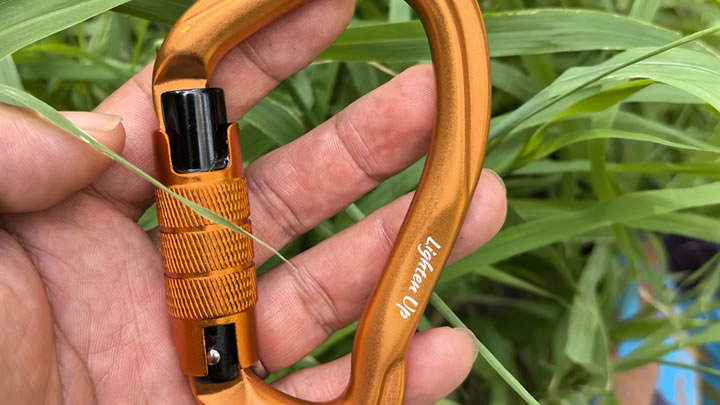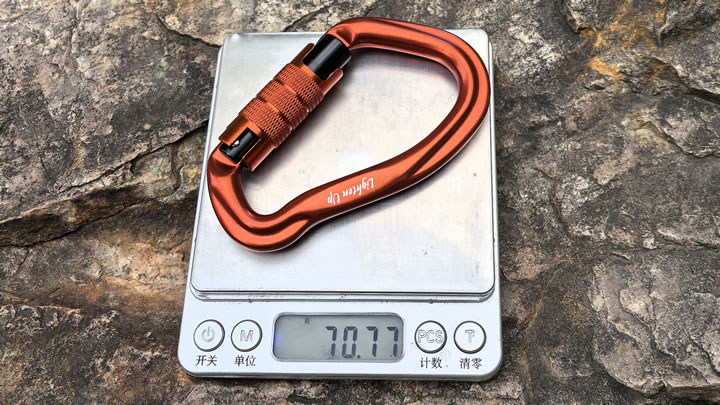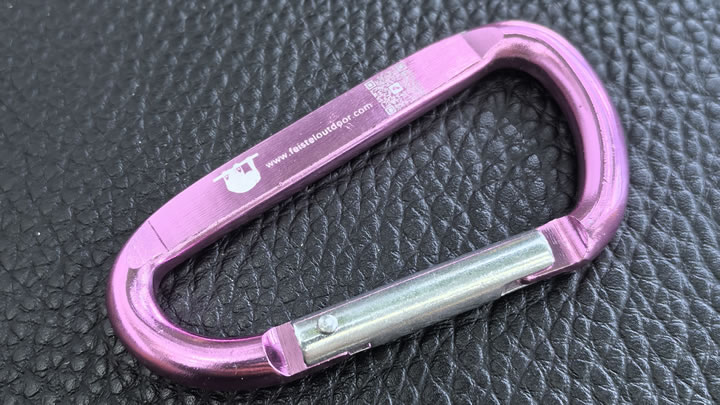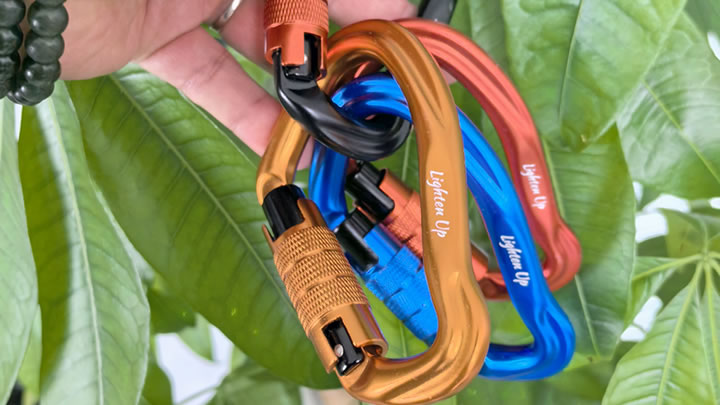Do walking sticks reduce knee pressure when walking?
Knee pain affects millions worldwide, whether from arthritis, injury, or aging. A properly used walking stick can significantly reduce joint stress—but only when implemented correctly. This guide examines the biomechanics, optimal usage techniques, and clinical evidence behind walking sticks for knee pressure relief.

The Biomechanics: How Walking Sticks Offload Knee Pressure
- Weight RedistributionClinical studies show a walking stick held on the opposite side of the affected knee can:Reduce compressive forces on the knee joint by 20-30% (University of Melbourne, 2022)Decrease medial (inner) knee load by up to 45% in osteoarthritis patients
- Gait ImprovementEncourages proper stride lengthPrevents compensatory limp patternsReduces harmful torsion forces during turns
5 Keys to Maximum Knee Pressure Reduction
- Correct Side PlacementAlways hold the stick on the side opposite your painful knee (right hand for left knee pain)
- Proper Height AdjustmentHandle should align with wrist crease when standingElbow maintains 15-20° bend during use
- Synchronized MovementMove stick forward simultaneously with your affected leg to:Create natural weight shiftMaintain rhythmic gait pattern
- Terrain AdaptationUphill: Shorten stick slightly to engage quadricepsDownhill: Lengthen stick to reduce patellar pressure
- Handle SelectionErgonomic designs (e.g., contoured or offset handles) prevent wrist strain that could alter knee loading
Clinical Evidence: What Research Shows
- Osteoarthritis Patients (Journal of Orthopedic Research):25% reduction in pain scores with proper cane use over 6 months
- Post-Knee Replacement (Mayo Clinic Study):38% faster recovery when using walking stick as directed
- Hikers' Knee Study (Wilderness Medicine):62% reported reduced downhill knee pain with trekking poles
Best Walking Sticks for Knee Pressure Relief
- KingGear UltraLight Carbon Fiber CaneShock-absorbing tip reduces impact by 40%250-lb capacity, adjusts 32"-38"
- HurryCane KneeSaverPatented pivoting base adapts to surfacesFDA-registered medical device
- LEKI Micro Vario CarbonTrekking pole with anti-shock springIdeal for active users
Common Mistakes That Defeat the Purpose
❌ Holding stick on same side as bad knee
❌ Using incorrect height (causes leaning)
❌ Stiff-arming the stick (reduces weight transfer)
❌ Choosing heavy sticks (>1.5 lbs) that cause fatigue
When to Combine With Other Therapies
- For Arthritis: Pair with glucosamine and aquatic therapy
- Post-Surgery: Use alongside physical therapy exercises
- Obesity-Related Pain: Combine with weight management
Professional Recommendation:
"Patients using canes for knee OA should receive formal gait training for optimal load reduction."
— Dr. Sarah Thompson, Johns Hopkins Arthritis Center
Final Verdict: When used correctly, walking sticks are clinically proven to reduce knee pressure. For best results, invest in a quality adjustable stick, master proper technique, and consider professional fitting. Combined with other therapies, they can significantly improve mobility and pain.






